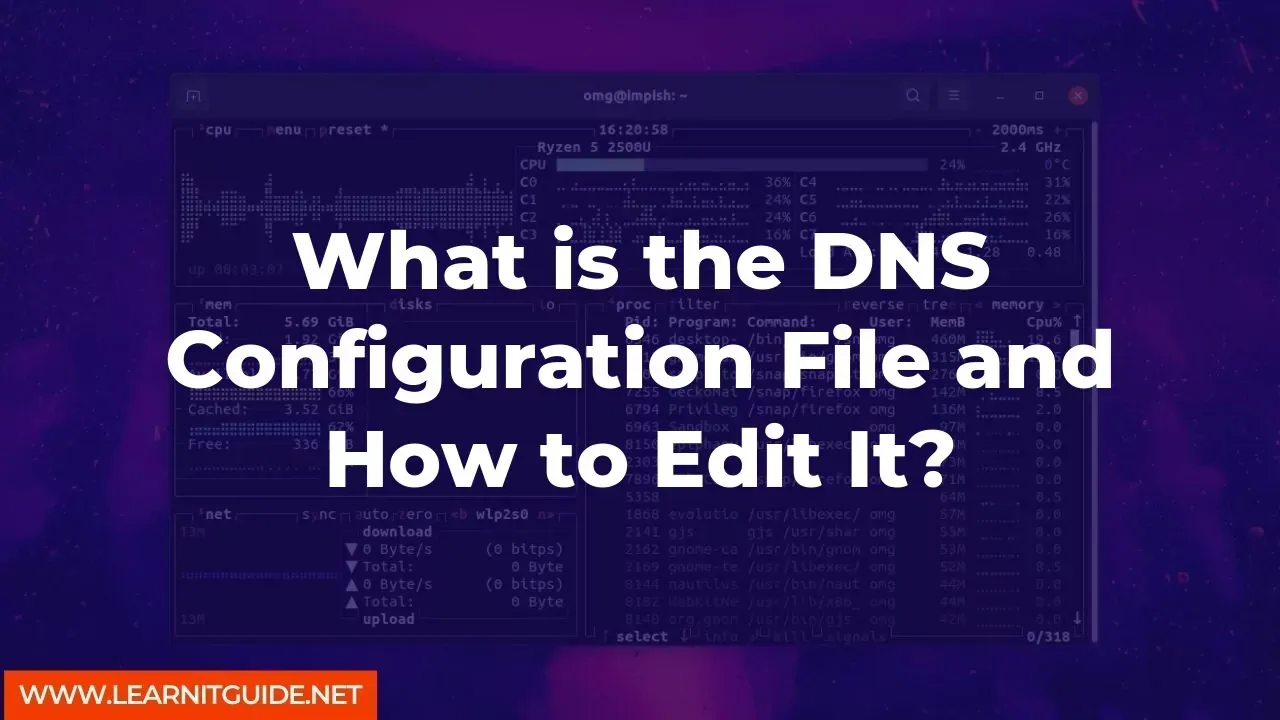The DNS (Domain Name System) is a critical component of the internet infrastructure that translates human-readable domain names into machine-readable IP addresses. The DNS configuration file is a vital part of the DNS server setup that contains information about the domain names and IP addresses associated with it.
This article will explain what the DNS configuration file is, why it's important, and how to edit it.
What is a DNS Configuration File?
The DNS configuration file is a plain text file that contains instructions for the DNS server to resolve domain names into IP addresses. The file typically contains records for each domain name that the DNS server is responsible for, including the IP address of the domain name and any associated subdomains. The DNS configuration file is located on the DNS server and is used by the server software to respond to DNS queries from client computers.Why is the DNS Configuration File Important?
The DNS configuration file is critical to the operation of the DNS server as it contains the information necessary for the server to function correctly. If the DNS configuration file is incorrect or missing, the server will not be able to resolve domain names, resulting in website and email outages. As such, it's essential to keep the DNS configuration file up-to-date and ensure it's correctly configured.How to Edit the DNS Configuration File:
Editing the DNS configuration file can be a daunting task, but it's relatively straightforward if you follow these steps:Step 1: Open the DNS Configuration File
To edit the DNS configuration file, you'll need to access the DNS server where the file is stored. This can typically be done using a terminal or command-line interface. Once you have access to the server, you can locate the DNS configuration file. The exact location of the file may vary depending on the operating system and DNS server software being used.
Step 2: Understand the File Format
The DNS configuration file is typically in the BIND format, which is a standard format for DNS configuration files. The file consists of several sections, each with its own purpose. The most common sections are the SOA (Start of Authority), NS (Name Server), A (Address), and MX (Mail Exchange) records.
Related Searches and Questions asked:
That's it for this post. Keep practicing and have fun. Leave your comments if any.








0 Comments